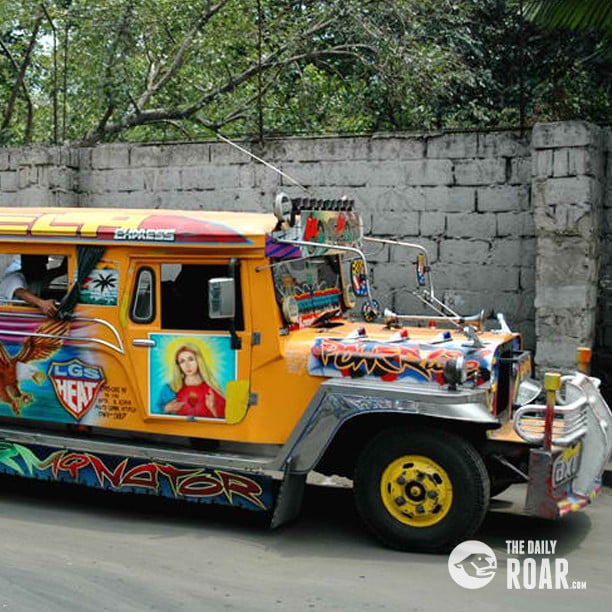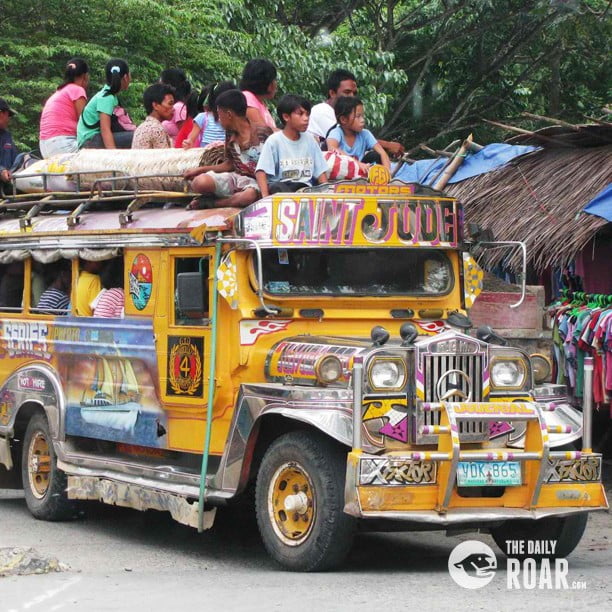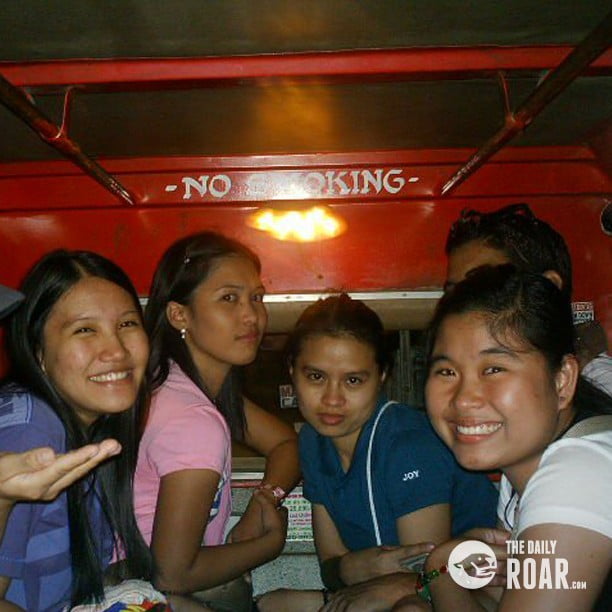An exciting way to travel across one place to another while enjoying the long road of Philippine cities is through riding the undisputed king of road- the jeepney. If you are a Filipino, pretty sure you have ridden the what-so-called “the masa transpo” (countrymen’s transportation) especially if you do not own a car and commute going to school or at work. Fare varies from the distance you need to travel on the road. However, the minimum rate is at P8.50 which increases by P1.50 for every kilometer you destined to go. For tourists who wish to visit the place commuting, a fare rate table is posted facing the passengers for you to update how much you need to pay to the driver or to his conductor who also calls the attention of the passengers to ride on the vehicles every loading and unloading station. Payment while on a jeepney is on an honesty basis. It means everyone who goes on his vehicle will pay the required amount for the distance traveled since the driver has little way of knowing who among his passengers has not paid yet therefore signs are design to stoke the conscience of passengers who fail to pay, with lines like “God knows Judas not pay.” Others have posted “No Smoking”, “God Bless Our Way” or “Barya Lang Po Sa Umaga” (Exact Fare in the Morning) pertaining to the giving of coins or exact amount as fare in the morning.

Jeepneys are the most popular means of public transportation in the Philippines, thus it become an official symbol of the Philippine culture. In fact, the former President of the country, President Joseph “Erap” Estrada used the jeepney for the campaign because he believes that it symbolizes a grassroots-based citizen’s movement for “justice, economy, environment and peace”. No doubt, it attracts voters during election. Jeepneys were originally made from US military jeeps left over from WWII. Today, most are used as public utility vehicles or used as personal vehicles with their tailgates attached as “For family use” or “Private” sign painted on them to alert commuters. In the midst of different cars and public vehicles, still jeepney is the king of the road. They are known for their crowded seating, painted arts on the body, altars and name plated on the front head of the vehicle that served as the tag of the jeepney.

Expect that you will enjoy in any other way the “can-of-sardines environment” inside the vehicle. For many, it is not annoying; it is not worth appreciating either. It can load from 18 to 30 passengers depending on the length of the transportation since Filipinos made an innovative style for this transportation in response to the economic and environmental concerns. Moreover, in the rural areas where there are less public utility jeepneys, men passengers positioned at the roof top of the vehicle together with their vegetables and any other products. Hence, passengers may experience the shoulder-unto-armpit, back-unto-chest, shoulder-unto-shoulder, elbow-unto-hipbone, or even unavoidable thigh-on-thigh intimacy. However, commuters are used to it and basically part of the lifestyle of being a Filipino.

Knowing the wide-spread use of these vehicles all over the country, the Philippine government mandated margins on their use. Drivers must have licenses, regular routes, and reasonably fixed fares. Having the drivers being checked as well as its unit regulates the condition of the passengers while on the trip to get to each destination safe and kicking.
/// Written by : Miss Sheena Lou Y. Alagao, The Philippines
























